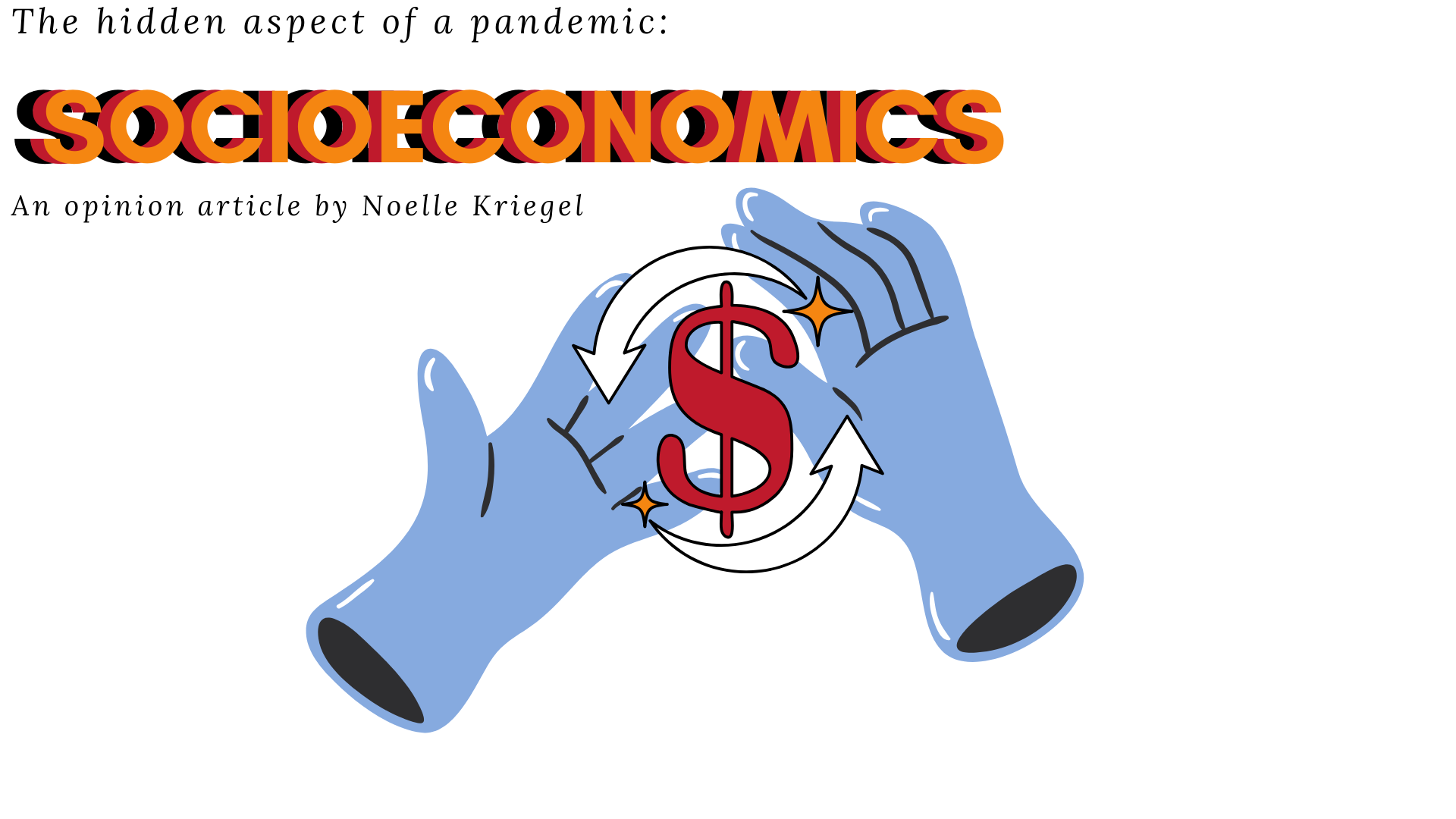COVID-19 update: Coronavirus explained
With 169,387 cases confirmed worldwide, COVID-19 has been declared a pandemic and caused international panic.
COVID-19 stands for Coronavirus Disease 2019, also known as SARS-COV2, and is a new strain of coronavirus that developed last year.
The name coronavirus encompasses several different types of viruses, including the Severe Acute Respiratory Syndrome (SARS), the Middle East Respiratory Syndrome (MERS), and the current pandemic, COVID-19.
SARS affected approximately 8000 people from 2001-2003 and had a mortality rate of 9.5%, while MERS affected 2500 people in 2012 and had a extremely high mortality rate of 35%.
While COVID-19’s mortality rate (approximately 3%) is lower than that of its relatives, the highly contagious nature of the virus has made it widespread. The danger lies in how the illness is spread.
The comparison between the Influenza Virus, which causes the seasonal flu, comes from the similarity of the symptoms.
Both the flu and COVID-19 symptoms include fever, dry cough, sore throat and shortness of breath. Either illness can lead to pneumonia and acute respiratory distress syndrome (ARDS). They are also both transmitted by contact, droplets and fomites, which are objects such as clothing that are likely to carry infectious illnesses.
However, because a vaccine exists for the seasonal flu, its mortality rate (.1%) is quite low in comparison to COVID-19.
With a mortality rate of 3%, approximately 3 out of every 100 infected people die from this strain of Coronavirus.
Since the incubation period — when someone has been infected but does not present symptoms yet — is between 2 and 14 days, the illness can be spread to others before the person even knows that they are affected.
Though the death rate, or probability of fatality, among those under 40 is extremely low, people in the older adult age group are much more susceptible. The mortality rate increases for both older adults and those with comorbidities like diabetes, heart disease or kidney disease.
No vaccine exists for COVID-19 yet — unlike the flu — and no effective treatment has been found. Antibiotics, antivirals and steroids do not work, so only “supportive care” is being offered by medical professionals.
According to Healthline, supportive care may include “fluids to reduce the risk of dehydration, medication to reduce a fever, [and] supplemental oxygen in more severe cases.”
The site also noted that a respirator may be required for those who have difficulty breathing due to the illness.
Since treatment of COVID-19 is difficult, health professionals have been focusing on prevention and control of the highly infectious illness.
The illness spreads mainly by human contact and surfaces that have been touched by an infected person. The virus can last hours or days on surfaces that it comes in contact with, so disinfecting regularly is recommended.
The CDC recommends that people wash their hands often, especially after visiting pubic spaces, and that gatherings of 50 or more people be avoided for the next 8 weeks. It is strongly suggested that close contact with others be limited, especially with those that are sick.
Those who are sick are asked to stay home. If entering public spaces is necessary, sick people should cover their mouths with a tissue when coughing or sneezing, and consider wearing a face mask to prevent spreading illness.
Wearing a face mask is only effective to prevent spreading the illness from someone who is already infected, but will not protect the wearing from catching COVID-19.
If a person suspects that they may have the coronavirus, they should call their healthcare provider to report their symptoms and ask that they alert the local or state health department.
According to the CDC site, “Persons who are placed under active monitoring or facilitated self-monitoring should follow instructions provided by their local health department or occupational health professionals, as appropriate.”






